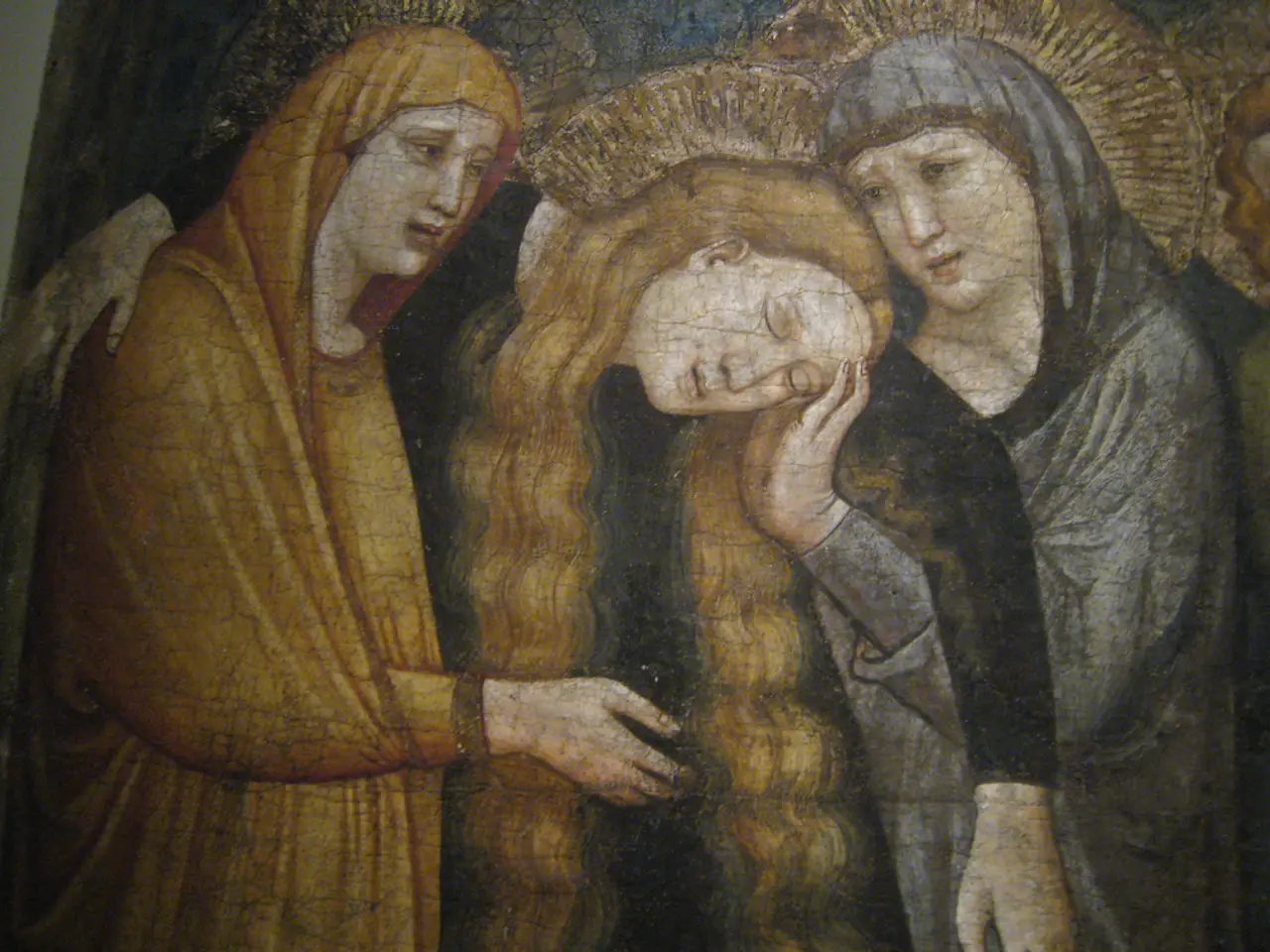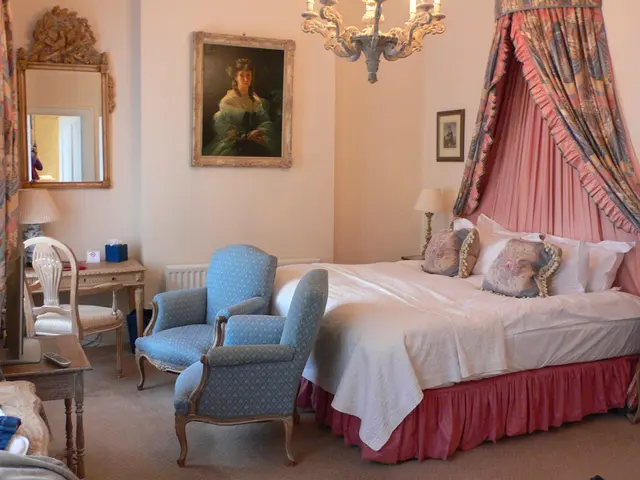Expression through Artistic Endeavors
In the realm of human experience, art has emerged as a potent force, serving as a beacon for social change, a platform for personal expression, and a catalyst for emotional well-being.
Art's ability to transcend language barriers and connect people from diverse backgrounds on an emotional level is unparalleled. It allows individuals to assert their identities, make their voices heard, and challenge prevailing attitudes.
Art can be a therapeutic journey, providing a sense of catharsis, relaxation, and emotional release. Creative activities like drawing, painting, journaling, or music enable individuals to process and release emotions, enhancing emotional regulation and connection with others.
The power of art in personal growth and development is undeniable. It fosters self-awareness, self-expression, and emotional well-being, providing a safe and creative outlet for individuals to explore and communicate their inner experiences. Through art, people can express complex emotions non-verbally, which reduces stress, anxiety, and symptoms of mental health conditions such as depression and PTSD [1][4][5].
Engaging in artistic activities can also encourage individuals to explore their creativity, problem-solving skills, and critical thinking abilities. Art serves as a powerful tool for social commentary, challenging societal norms and expressing individuality.
Moreover, art contributes to building a sense of identity and individuality by allowing individuals to showcase their personal narratives and to celebrate their individuality. This process promotes personal growth, resilience, and improved decision-making aligned with one’s authentic self [1][2][5].
Art therapy, combined with mindfulness, amplifies these benefits, fostering joy, resilience, and healing. It contributes to improving mental health by reducing symptoms of anxiety and depression, enhancing coping skills, and providing a mindful, therapeutic experience that boosts overall life satisfaction and emotional intelligence [1][2][3][4].
In summary, art functions as a valuable tool for emotional expression, mental health promotion, and individual growth by offering a nonjudgmental, accessible pathway for self-exploration and emotional release. Whether it's through painting, writing, or music, art continues to play a crucial role in our lives, empowering us to express, explore, and grow.
[1] American Art Therapy Association. (n.d.). Art Therapy. Retrieved from https://www.arttherapy.org/
[2] National Endowment for the Arts. (2011). The Arts and Achievement in At-Risk Youth: Findings from Four Longitudinal Studies. Washington, DC: Author.
[3] Csikszentmihalyi, M. (2008). Flow: The Psychology of Optimal Experience. Harper Perennial Modern Classics.
[4] Lyubomirsky, S. (2008). The How of Happiness: A Scientific Approach to Getting the Life You Want. Penguin Books.
[5] National Association of School Psychologists. (2010). The Arts in Psychotherapy. Retrieved from https://www.nasponline.org/resources-and-publications/position-statements-and-reports/position-statements/the-arts-in-psychotherapy
Art is a powerful medium for personal growth and self-expression, offering individuals a safe and creative outlet to explore and communicate their inner experiences, fostering self-awareness and emotional well-being [5].
Engaging in creative activities, such as visual art, music, or writing, can promote resilience and improved decision-making aligned with one’s authentic self, contributing to a deeper understanding of one’s identity [1][2][5].
Art therapy, in combination with mindfulness practices, can amplify these benefits, leading to increased joy, resilience, and healing, while also improving overall mental health, reducing symptoms of anxiety and depression, and enhancing coping skills [1][2][3][4].




